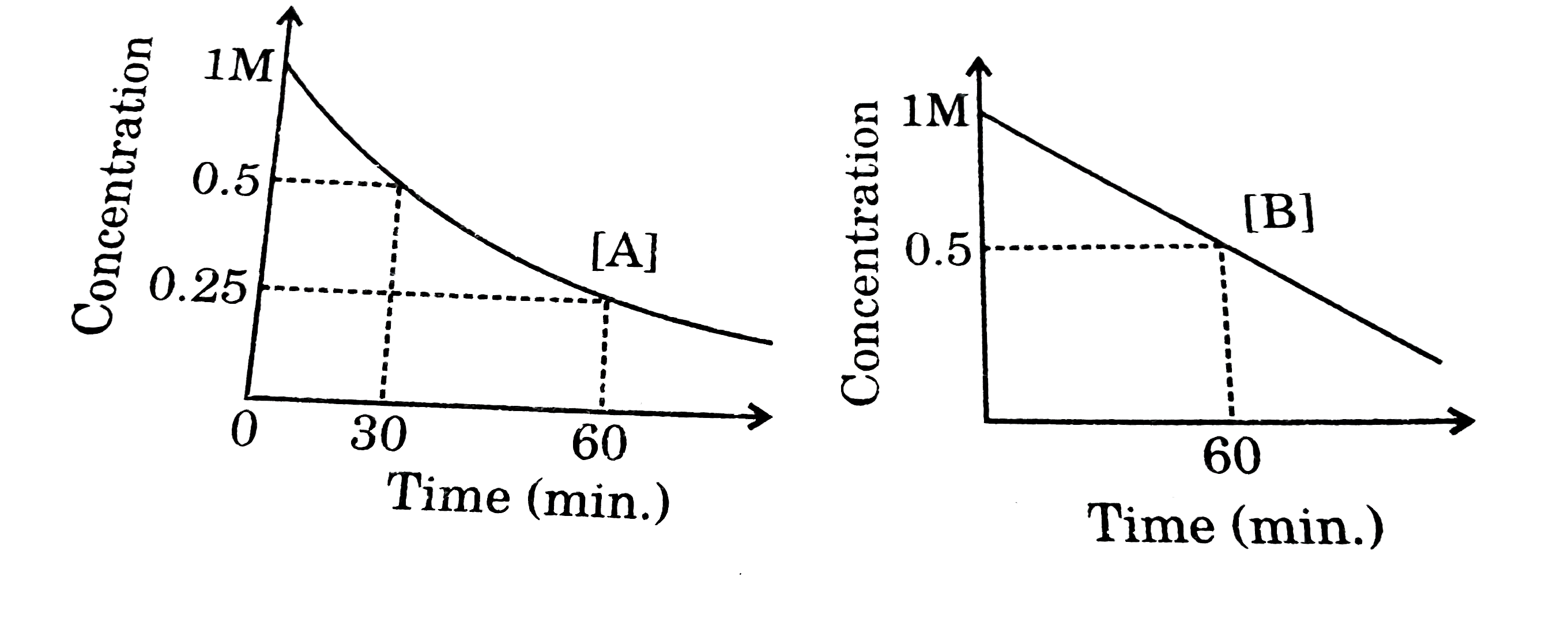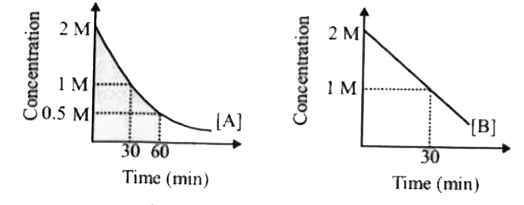For the reactions (i) AKI−−→P and (ii) BKII−−→Q, following observation is made.

Calculate KIKII where KI and KII are rate constants for the respective reaction.
2.772
1
0.36
None of these
The correct Answer is:A
Step by step video, text & image solution for For the reactions (i) A overset(K_(I))rarr P and (ii) B overset(K_(II))rarr Q, following observation is made. Calculate (K_(I))/(K_(II)) where K_(I) and K_(II) are rate constants for the respective reaction. by Chemistry experts to help you in doubts & scoring excellent marks in Class 12 exams.
Topper's Solved these Questions
- BOOK - GRB PUBLICATIONCHAPTER - GRAPHICAL INTERPRETATIONEXERCISE - I.Electrochemistry1videos
GRAPHICAL INTERPRETATION
- BOOK - GRB PUBLICATIONCHAPTER - GRAPHICAL INTERPRETATIONEXERCISE - Electrochemistry9videos
GRAPHICAL INTERPRETATION
- BOOK - GRB PUBLICATIONCHAPTER - GRAPHICAL INTERPRETATIONEXERCISE - H. Chemical Kinetics1videos
GRAPHICAL INTERPRETATION
- BOOK - GRB PUBLICATIONCHAPTER - F-BLOCK ELEMENTSEXERCISE - Subjective type7videos
F-BLOCK ELEMENTS
- BOOK - GRB PUBLICATIONCHAPTER - HYDROCARBON (ALIPHATIC)EXERCISE - Previous years jee questions28videos
HYDROCARBON (ALIPHATIC)
Similar Questions
Knowledge Check
- Question 1 - Select One
For the reaction
(i) Ak1−−→P
(ii) BkII−−→Q, following observation is made.

Calculate kIkII, where kI and kII are rate constant for the respective reaction.A2.303B1C0.36D0.693 - Question 2 - Select One
For the reaction
(i) AkI−−→P
(ii) BKII−−→Q, following observation is made.

Calculate k1kII, where kI and kII and rate constant for the respective reaction.A2.303B1C0.36D0.693 - Question 3 - Select One
A consecutive reaction, AK1−−→BK2−−→C is characterised by:
AMaximum in the concentration of ABMaximum in the concentration of BCMaximum in the concentration of CDHighly exothermicity
For the reaction, H2+I2k1⇐⇒k22HI. The rate law expression is :
View SolutionFor the processes K+(g)I−−→K(g)II−−→K(s)
View SolutionA reaction is represented by Ak1−−→B (slow ) and A+Bk2−−→C (fast) where k1 and k2 are the ratge constants of two steps. The rate of production of C will be given by
View SolutionIf a unimolecular reaction, A(g)→ Products, takes place according to the mechanism
(I)A+Ak1⇐===⇒k−1Aa+A
(II)Aa−−→k2P
where k1, k−1 and k2 are the rate constants and P,A and Aa stand for product molecule, normal molecule of reactant and activated molecules of reactant and activated molecules of reactant respectively.
For the reaction scheme, X+Ykf⇐===⇒kbZ, Y+Zk−−→T, the rate equation for the formation of T will beView SolutionConisder the reaction mechanism:
A2keq⇐⇒2A(fast) (where A is the intermediate.)
A+B−−→k1P(slow)
The rate law for the reaction isView Solution

